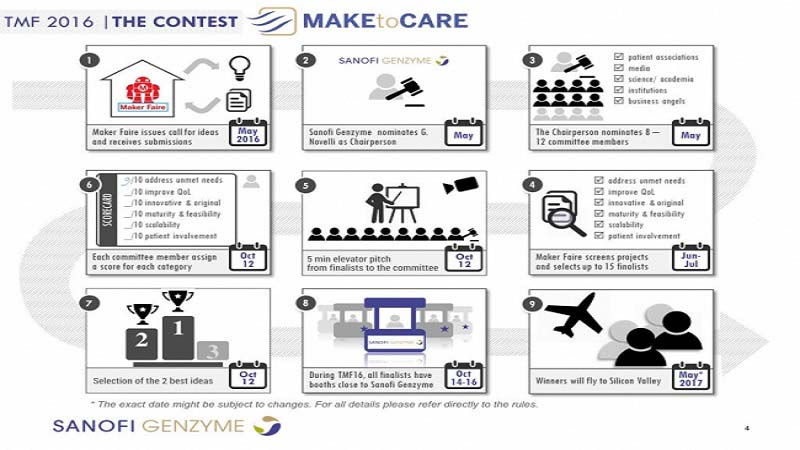
Roberta, daughter of Fabio Gorrasi was suffering Spinal Muscular Dystrophy, when her father decided to make a 3D Printed Brace to help her using machined aluminum alloy. Inspired by his design, Sanofi Genzyme, a biotech company which specializes in development of treatments and therapies for debilitating diseases, launched Make To Care program with Maker Faire Rome 2016, inviting interested makers to submit similar ideas by June 30.